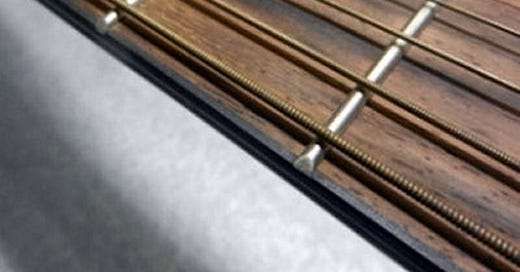I started taking guitar lessons when I was 13-years-old in 1976. My lessons consisted of practicing the weekly lesson in the "Alfred - The New Guitar Course" book that my guitar teacher, Tony, insisted we use for my lessons. I didn't know any better, so I had my parents purchase the book for my lessons. I knew nothing about learning how to play the guit…
Keep reading with a 7-day free trial
Subscribe to SoundHole Guitar Lessons to keep reading this post and get 7 days of free access to the full post archives.





